The Alice Springs Desert Park shatters the illusion that the Red Centre is the dry, dead heart of the continent. The carefully constructed and curated conservation area at the base of the West MacDonnell Range hosts a wide range of fascinating animals in their natural habitat. It’s a perfect environment for visitors to learn about desert wildlife and the survival strategies of desert people.
The park integrates a healthy mixture of opportunities to see the diversity of wildlife that inhabits Central Australia. This includes a 20-minute film, a nocturnal house, a free-flying bird show, and a large aviary. There are three kilometres of well-marked trails through three different desert habitats with information panels, an audio tour, and presentations by park staff.
Alice Springs Desert Park is government owned. Local Mparntwe people (Arrernte Aboriginal custodians) have played a pivotal role in the planning and operation of the park, and many are employed as guides.
Nature Theatre
On the fringes of the woodland zone is the Nature Theatre. The daily show is remarkable, not one to be missed. With informative commentary and various birds appearing on cue, the presentation showcases birds displaying several natural behaviours and survival skills.
The barn owl has such acute hearing that it can capture a mouse in darkness. Its feathers are adapted for silent flight, a critical element in making a surprise attack.
The ground-dwelling bush stone-curlew blends in with the desert landscape, standing perfectly still when it detects a threat. This habit avoids the attention of predators such as eagles and humans, but not so much from feral foxes and cats.
The spread of feral foxes and cats has led to a dramatic reduction in bush stone-curlew numbers to the point where the species is now regarded as threatened. The commentator made a convincing case for not allowing domestic cats the freedom to hunt wildlife as we watched the beautiful bird waiting for the next treat.
With its big, beautiful eyes, the bush stone-curlew hunts insects and other small creatures at night, picking amongst the leaf litter or wading in the shallows of wetland areas. This little guy followed the presenter wherever she went, grabbing treats where they fell.
Australian Kestrel? The small falcon grips prey with its talons. The presenter swung meat attached to a cord to simulate a budgerigar in flight.
The wedge-tailed eagle is the largest bird of prey in Australia. It has long, broad wings, fully feathered legs, and an unmistakable wedge-shaped tail. Most of its prey is captured on the ground in gliding attacks.
Like all birds in the presentation, they’re part of a training program lasting between 12 and 18 months.
Throughout the presentation, a tawny frogmouth sat perched on a tree branch wedged between the supports of the amphitheatre shade cover. Had it been the fork of a tree, he would have been hard to spot.
Changing Heart Film
The 20-minute film is screened every hour, making for a cool break in an air-conditioned theatre. It traces four and a half billion years of the evolution of the Australian desert.
Self-guided trails
The trails wend their way through three major zones: woodland, sand country, and desert rivers. Each is dotted with enclosures and exhibits housing animals, birds, insects, reptiles, and aquatic life.
One presentation in the woodland zone was devoted to dingoes. The wild Australian dog is believed to have evolved from the Plains Wolf of India. It is speculated that Asian seafarers brought dingoes to Australia 4,000 to 6,000 years ago.
Emus are Australia’s largest birds and the second largest in the world. They can stand up to 1.9 metres and weigh 30 to 45 kilograms; females are slightly larger. A female courts the male with a dancing courtship. After mating, she lays five to 15 large, glossy, dark green eggs at intervals of two to four days. The male incubates the eggs. He sits continuously during the eight weeks, leaving the eggs only rarely and eating little. He may lose up to a third of his body weight during this time, living off extensive fat reserves (built up to twice normal levels before the breeding season).
The banded lapwing has an upright stance and a slow walk, breaking into a faster trot when alarmed. It chases insects with short runs and darts, and may eat seeds in dry times. It prefers areas with very short grass to find insects, worms, spiders, snails, and slugs.
The cinnamon quail thrush loves a stony environment, turning over stones with its bill looking for insects and seeds.
The red kangaroo is Australia’s largest kangaroo. Males can grow up to 95 kilograms and 2 metres tall.
Nocturnal House
Plan your visit to the Nocturnal House for a bathroom break and respite from the heat. After our eyes adjusted to the darkness, we could wander past the exhibits of reptiles, invertebrates, and rare and endangered species that are active at night and many people rarely see.
The Nocturnal House is home to a host of nocturnal animals including bandicoots, mala (rufous-hare wallabies), antechinus (broad-footed marsupial mice), red-tailed phascogale (red-tailed mousesack), bilby (rabbit-eared bandicoot), hopping mice, possums, kowari (brush-tailed marsupial rat), quoll (catlike carnivorous marsupial), and fat-tailed dunnarts (mouse-like marsupials).
The thorny devil is a popular resident. It boasts spiny orange, yellow and black skin with a fake second head on the back of its neck. They lift their tail and walk with a slow, jerky motion. Thorny devils live exclusively on a diet of small black ants. They feed in the cooler mornings and late afternoon. When they locate a trail of ants, they lick them up with their short, sticky tongue. Scientists calculate that thorny devils might eat a thousand or more ants in a single meal.
The deadly desert death adder buries its body in the sand with just its head and a tip of its tail exposed. It wriggles its grub-like tail tip to attract prey, ready to ambush any animal mistaking its tail for food. I wouldn’t want to step on one of these babies by accident.
Presentation: Survival in the Desert
Survival in the desert is one of several interesting presentations delivered daily by accomplished guides. Renata described how Aboriginal people use the plants and animals of desert habitats as a rich supply of food and medicine. On hand were tools and implements used to gather and prepare food, and examples of bush tucker. It was an eye-opener into how resilient and resourceful indigenous Australians thrived in such a harsh landscape for 60,000 years.
Aviaries
A stroll through three walk-through aviaries brought us into close contact with a variety of birds, including ducks, budgerigars, parrots, finches, and curlews.
Logistics
- In advance, download the two free audio tours from the Audio Tours page at the park website.
- The park is seven kilometres from Alice Springs. There’s a bicycle path, or take a taxi, or book the Alice Wanderer transfer service.
- Plan to spend at least four hours in the park.
- Avoid disappointment at missing the free-flying bird show by arriving at the Nature Theatre 15 minutes before the advertised starting time. Late arrivals are refused entry.
- Pack a picnic lunch or plan to use the facilities at the on-site cafeteria.
- Wear comfortable shoes to make the most of the three kilometres of trails.
- Pack enough water to remain hydrated. Fill up at various cold-water stations scattered throughout the park.
- Most of the park is outdoors. Wear a sun hat and sunscreen. Depending on the season, a fly net might be useful.
The verdict
With the official slogan of ‘see the desert come alive,’ the Alice Springs Desert Park delivers. It’s an enlightening way to discover what makes the Australian desert an extraordinary place. This experience should be on every visitor’s to-do list. For more information, visit the park’s website.
Travelling to or within Australia anytime soon? If so, you may be interested in:
- Cycling around Uluru / Ayers Rock: the best way to experience Australia’s most recognizable natural landmark
- Buying a SIM card in Australia
- Brisbane to Cairns on the Spirit of Queensland: Is the RailBed sleeper worth it?
- Sydney at its best: A self-guided tour of The Rocks, the magnificent Sydney Harbour Bridge, Sydney Opera House and points in between
Pin it for later?

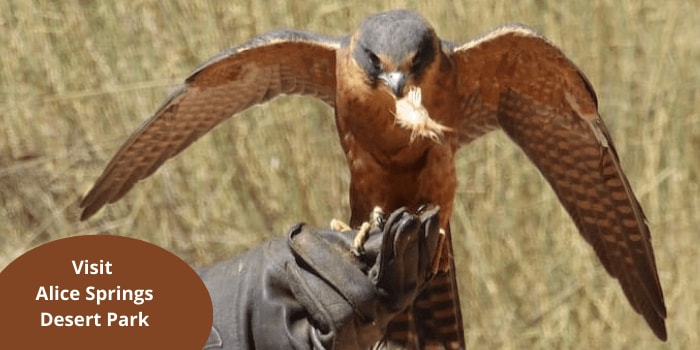
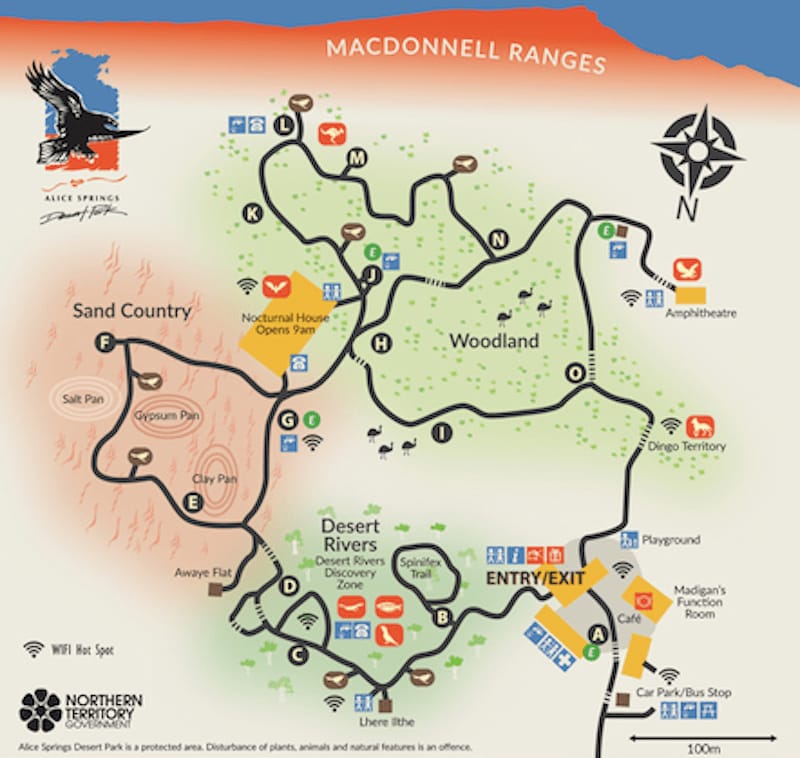
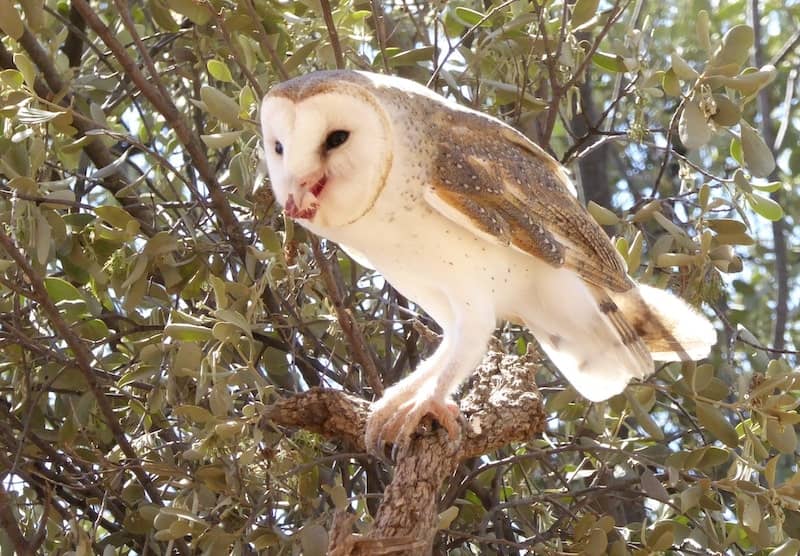
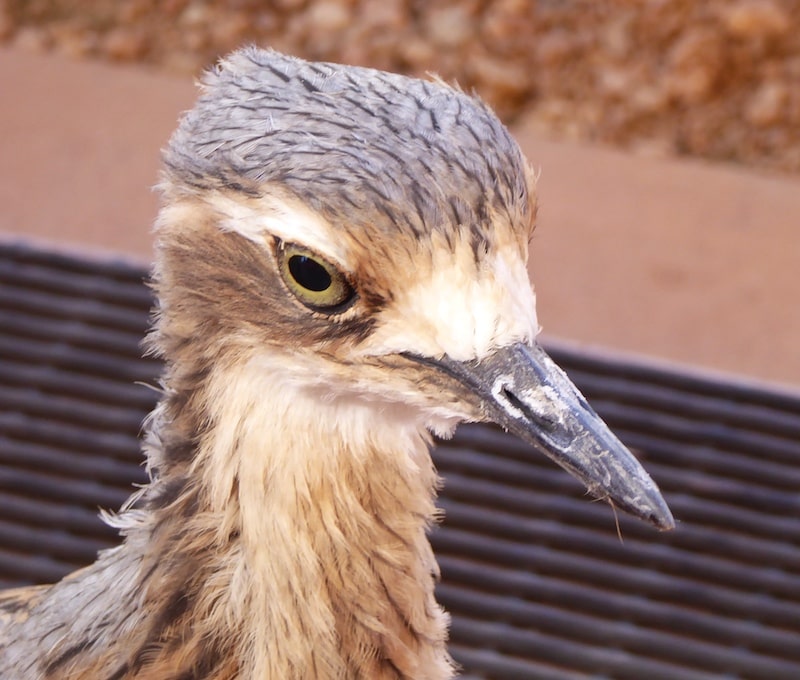
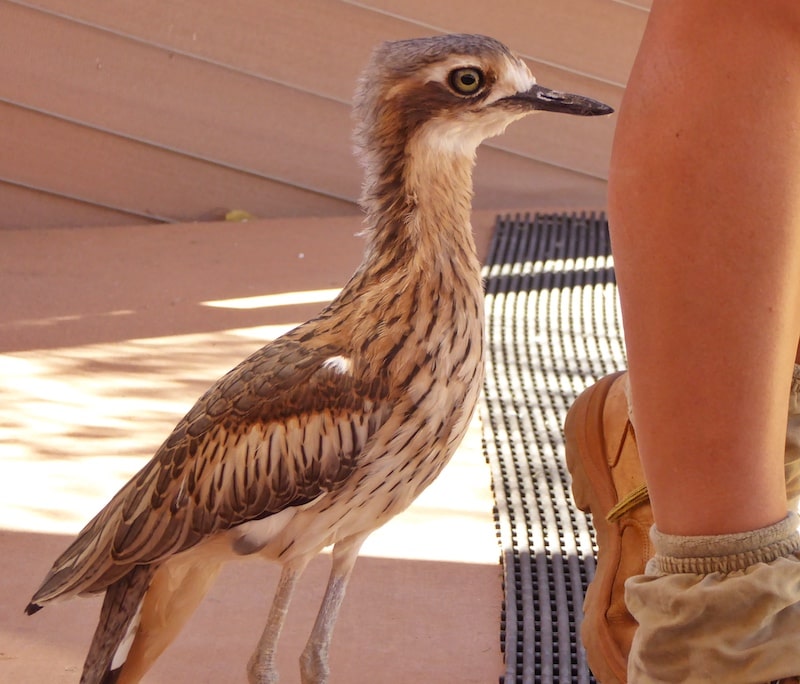
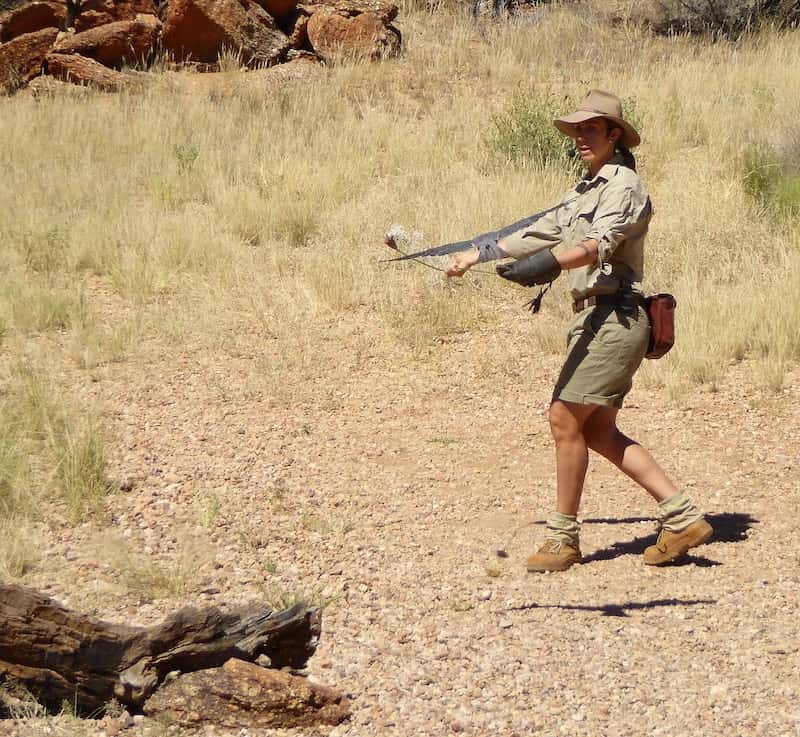
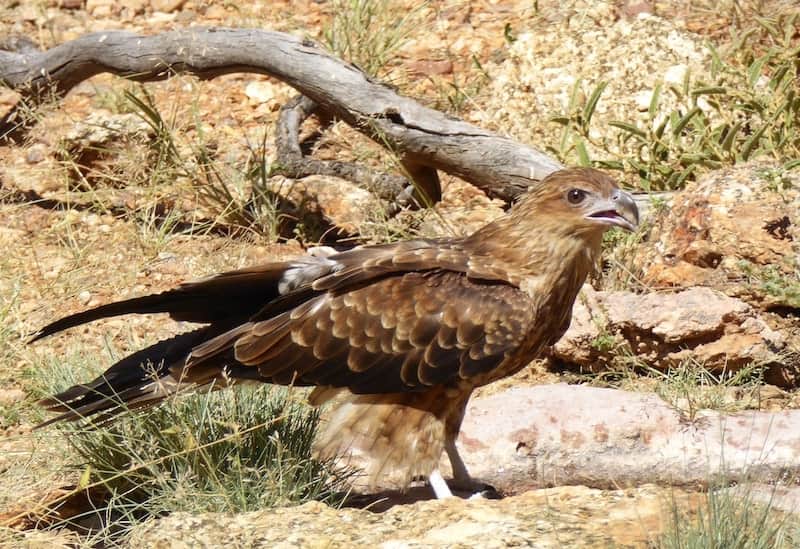
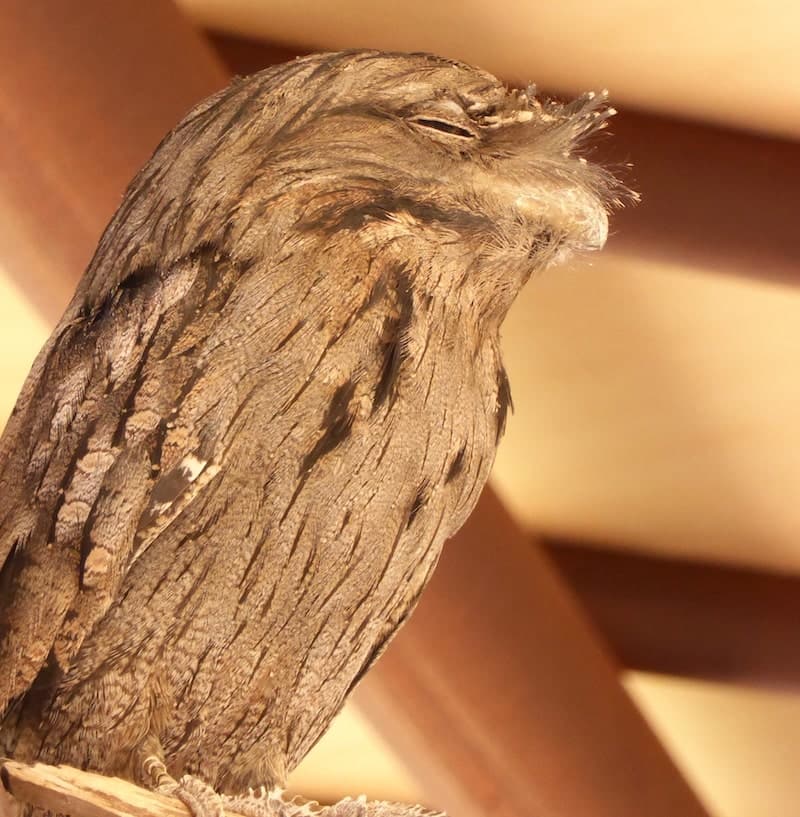
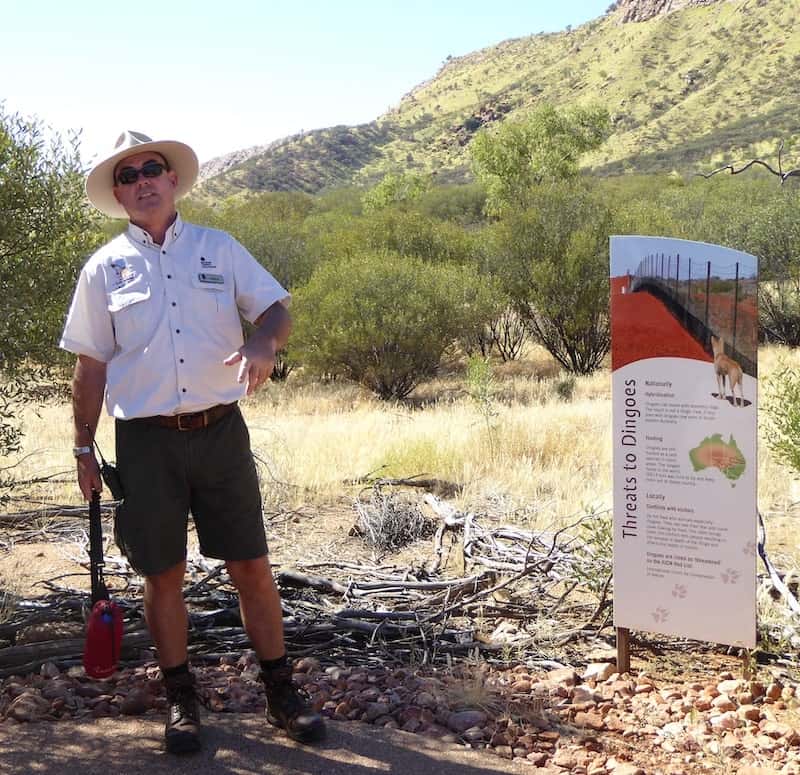
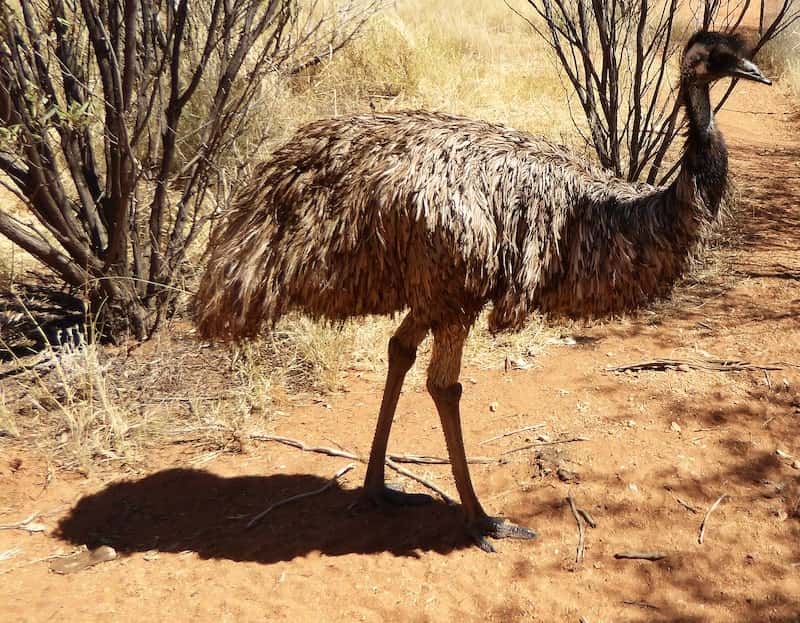
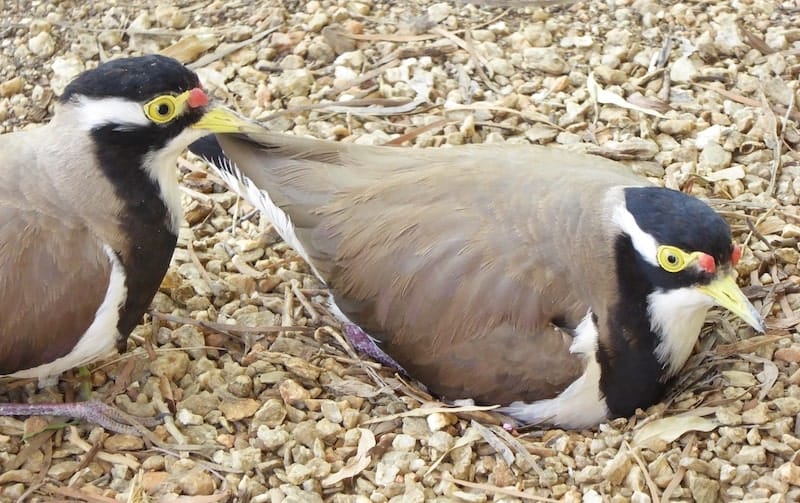
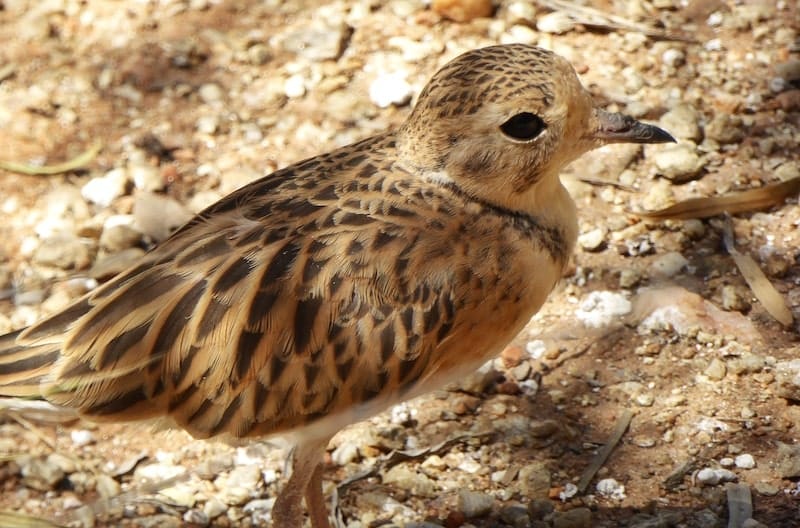
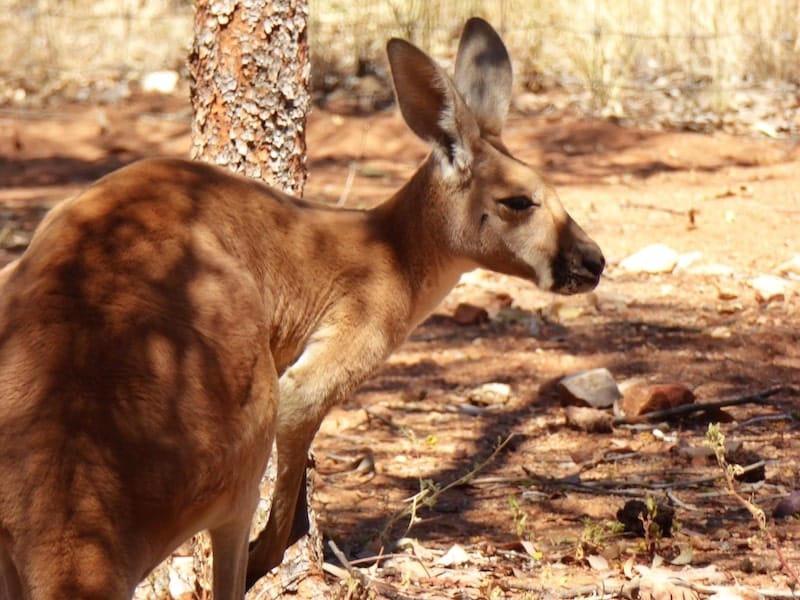

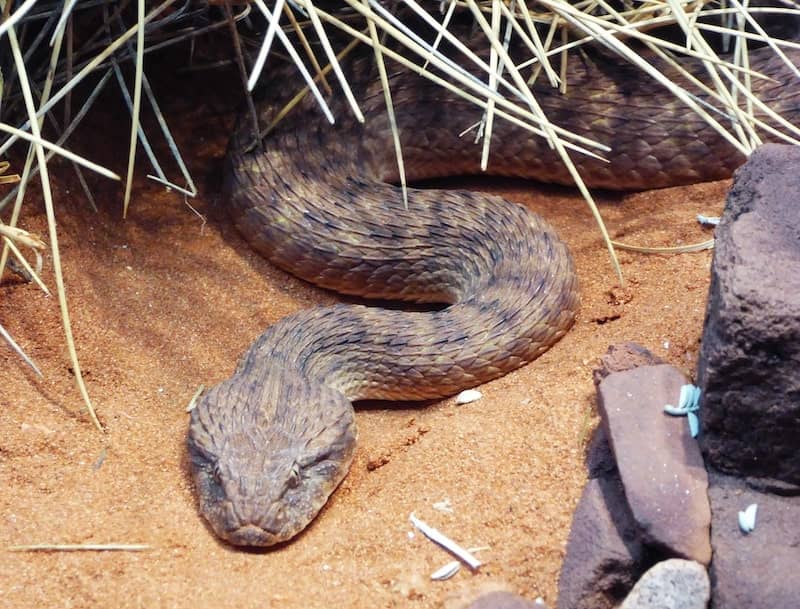
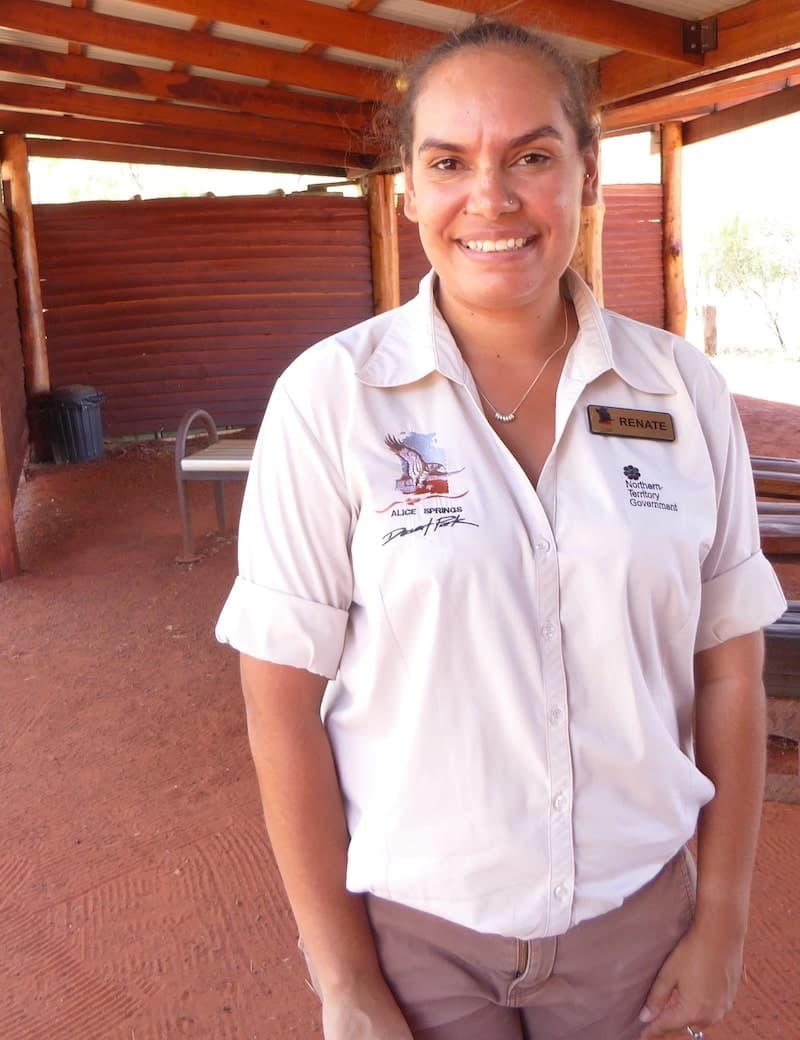
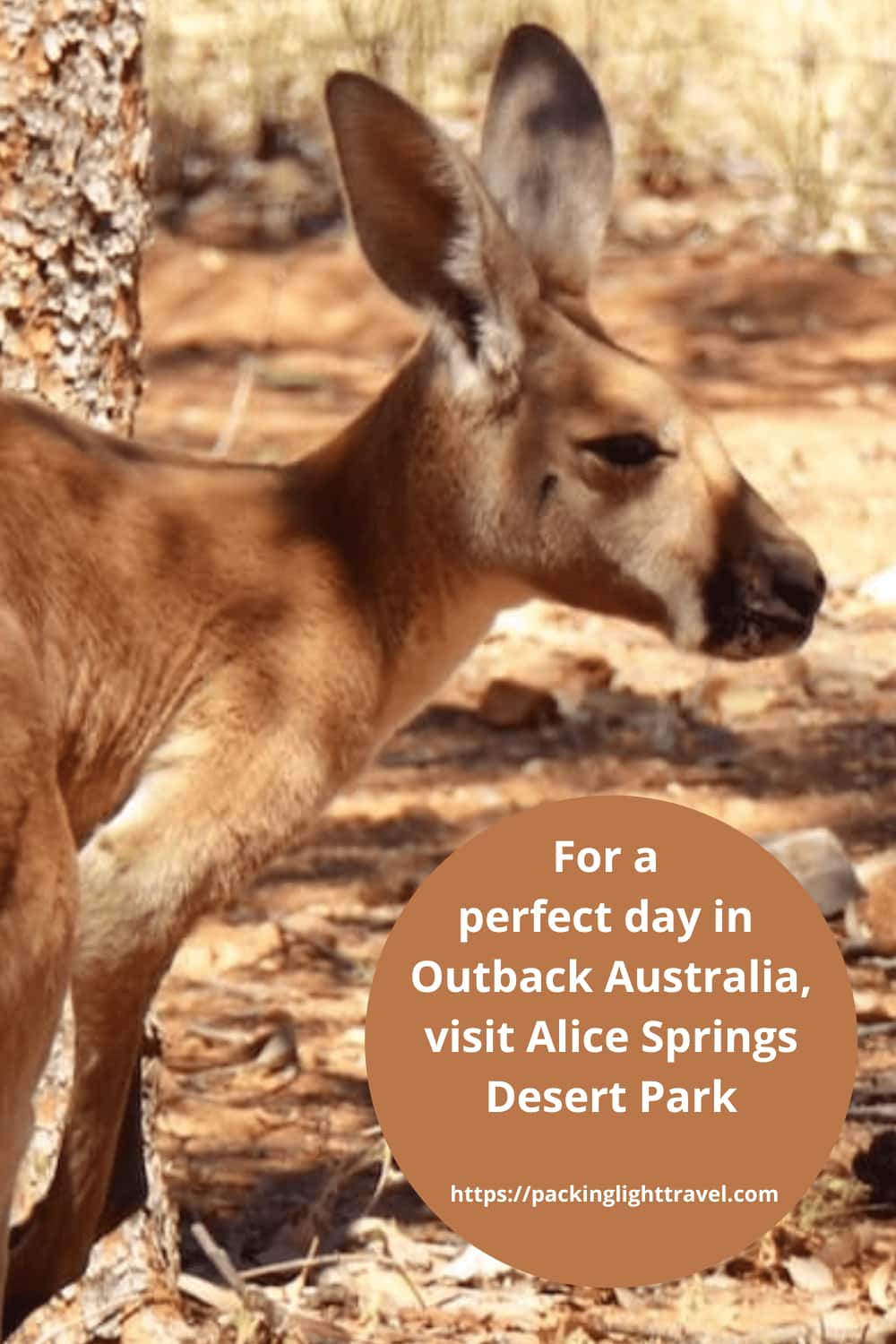




Trackbacks/Pingbacks